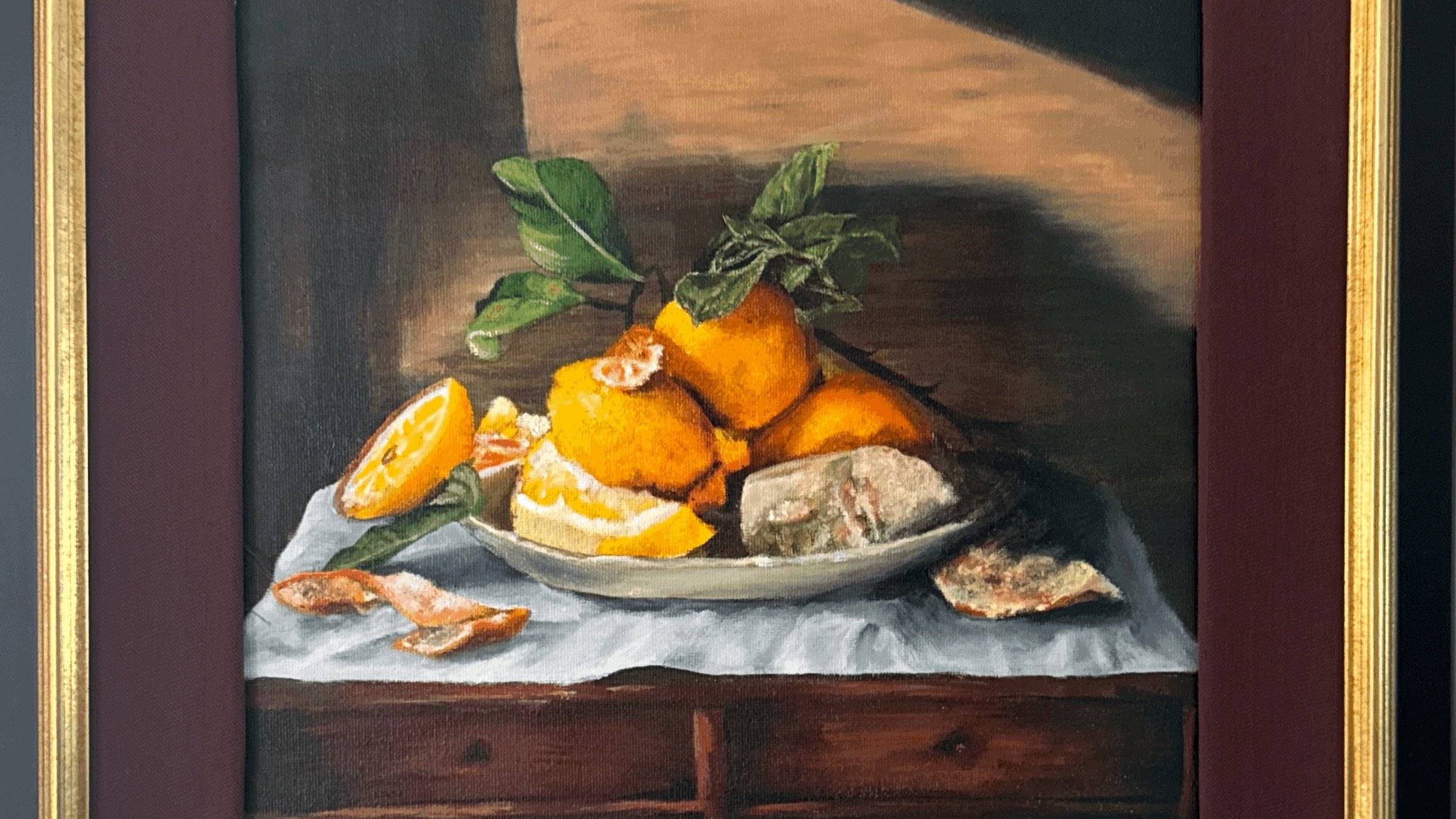The Botanical Renaissance: Painting Femmes, Power, and the Chaos of Creation
There is an undeniable power in blooming. In unfurling. In taking up space.
Botany, at its core, is life-giving—pushing through the soil, reaching toward light, flourishing even in the harshest conditions. It is a cycle of growth, transformation, decay, and rebirth. Just like us. Just like femmes.
This series is not just about flowers. It is about the full spectrum of femme existence— ovulation, menstruation, perimenopause, pregnancy, menopause—from first bloom to final petal. It is about the beauty of bodies in flux, about the chaos of creation and the myth of fragility. Because despite what patriarchy has spent centuries telling us, femininity is not weakness. It is strength, endurance, resilience. It is the ability to create life, to endure pain, to survive, to build, to shape the world. And yet, our power is constantly undermined, dismissed, controlled.
But patriarchy is dying. And like any dying system, it is clinging desperately to its last breath—lashing out, oppressing, restricting, trying to convince us that we are losing, when in fact, we are redefining everything. We are in a renaissance of femme identity, of autonomy, of economic and artistic power. And this series is my way of documenting that moment.
Lush Resilience, 2024 (cropped)
Botany as Femme, Femme as Life-Giving
Flowers have always been used as metaphors for femininity, but always in ways that serve the male gaze. They are depicted as delicate, ornamental, beautiful only in their prime. But what about the flowers that refuse to wilt quietly?The ones that grow wild and unruly? The ones that thrive in cracked concrete, that burst through oppressive structures, that refuse to be tamed?
In this series, my botanicals are not just decorative—they are defiant. I paint them oversized, unruly, taking up space they were never given permission to claim. They bloom in impossible ways, their petals stretching, curling, twisting into something both chaotic and intentional—because what is creation if not both?
Their forms are distorted, exaggerated—mirroring the way femme bodies are treated in society. We are told that we are most beautiful when we are small, contained, youthful, effortless. But real beauty is in the fullness of experience. In the way bodies stretch, expand, contract, bear weight. In the way hormones shift, blood flows, skin changes. In the way we endure.
The Fruits of our Labors, 2024 (cropped)
Chiaroscuro: Light and Shadow as Power
I use chiaroscuro in the same way the classical painters did—to highlight what is important, to carve out space for the subject, to force the viewer to see. The Renaissance masters used light and shadow to emphasize strength, divinity, importance. They reserved it for gods, kings, figures of power.
I am using it for us.
In my paintings, light falls onto femme bodies, onto botanical forms, onto the raw physicality of creation and transformation. I use shadow not to diminish, but to define—to give depth, to highlight the weight of existence, to show what has been hidden.
Femmes have spent centuries in the shadows—our stories, our histories, our pain, our triumphs. But light belongs to us, too.
The End of Patriarchy, The Rise of Femme Power
The reason we are seeing a surge in oppressive policies, in violence against femmes and marginalized communities, is because we are winning. We are stepping into our power, claiming our space, building our own systems. The patriarchy is crumbling, and it is terrified.
This series is about that moment. The moment before change fully arrives. The moment where old structures try to hold on, but the roots are already pushing through, the blooms are already bursting open, the vines are already climbing the walls.
I paint to capture this transition, this chaos, this power.
This is a renaissance of femme identity.
This is a reclamation of beauty on our own terms.
This is the resistance in full bloom.






